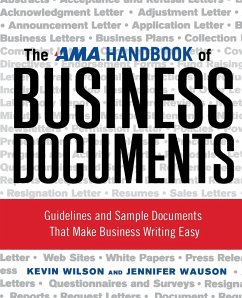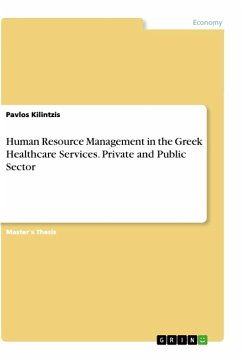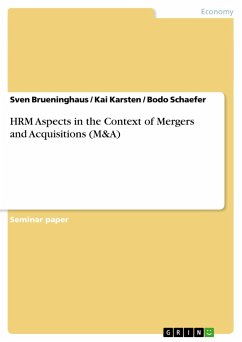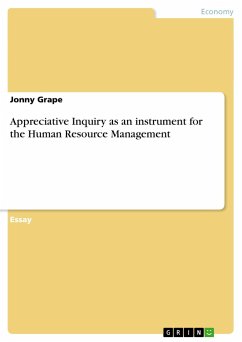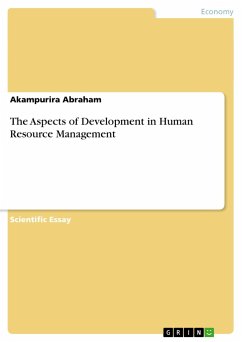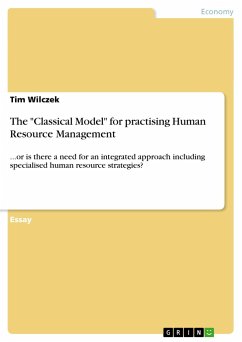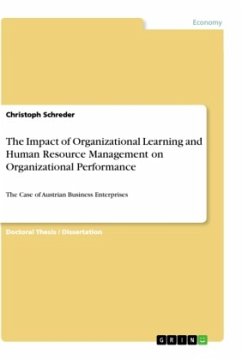Nicht lieferbar

Human Resource Management in local government. The administrative districts from Lower Saxony in Germany
Versandkostenfrei!
Nicht lieferbar
Academic Paper from the year 2020 in the subject Leadership and Human Resource Management - Leadership, grade: 1,0, , language: English, abstract: Public sector authorities are facing the challenges of demographic change. There is currently a shortage of junior employees and skilled staff. The leap from a rigid personnel administration to an active, modern Human resource management is therefore unavoidable, as the central key to the administrations' long-term success. The aim of the paper is therefore to take stock and gain an overview of the effects of demographic change on Personell Manageme...
Academic Paper from the year 2020 in the subject Leadership and Human Resource Management - Leadership, grade: 1,0, , language: English, abstract: Public sector authorities are facing the challenges of demographic change. There is currently a shortage of junior employees and skilled staff. The leap from a rigid personnel administration to an active, modern Human resource management is therefore unavoidable, as the central key to the administrations' long-term success. The aim of the paper is therefore to take stock and gain an overview of the effects of demographic change on Personell Management in the public sector, the identification of optimisation potential, and the derivation of suitable courses of action and recommendations for a future, holistic Human Resouce Management. The term human resources management will be defined in general terms in the second chapter, together with a presentation of its elements and areas of activity. A short digression will then show the historical development of personnel work until the present. Moreover, an overview will be given of the statistics about personnel in public service and its development until now. This is followed by an explanation of the special features of HRM.in the public sector and its demographic challenges. There is also an explanation of the resource and modernisation gap in public administration. The core activities of HRM will be presented in Chapter three. The areas of activity employee recruitment, personnel marketing and recruiting, employee retention and demographic management, personnel development and talent management, as well as severance, will be described individually and, in each case, the special features of public administration will be explained for each area of activity. Chapter four contains the main part of this paper. In it, the current situation in HRM is examined, using the example of district authorities in Lower Saxony. The research objects will be presented first, followed by the concept and design of the study. The results of the survey of all the Lower Saxony district authorities will be presented and evaluated in the first part of the study. This section ends with an interim conclusion about the survey. The second part comprises the presentation of the results of the interviews about the four core HRM activities, using the example of the Hildesheim district. Three criteria will be evaluated for each area of activity and shown briefly in tabular form at the end of this part. Recommendations for the future work of the district authorities examined will be given at the end of this chapter.





